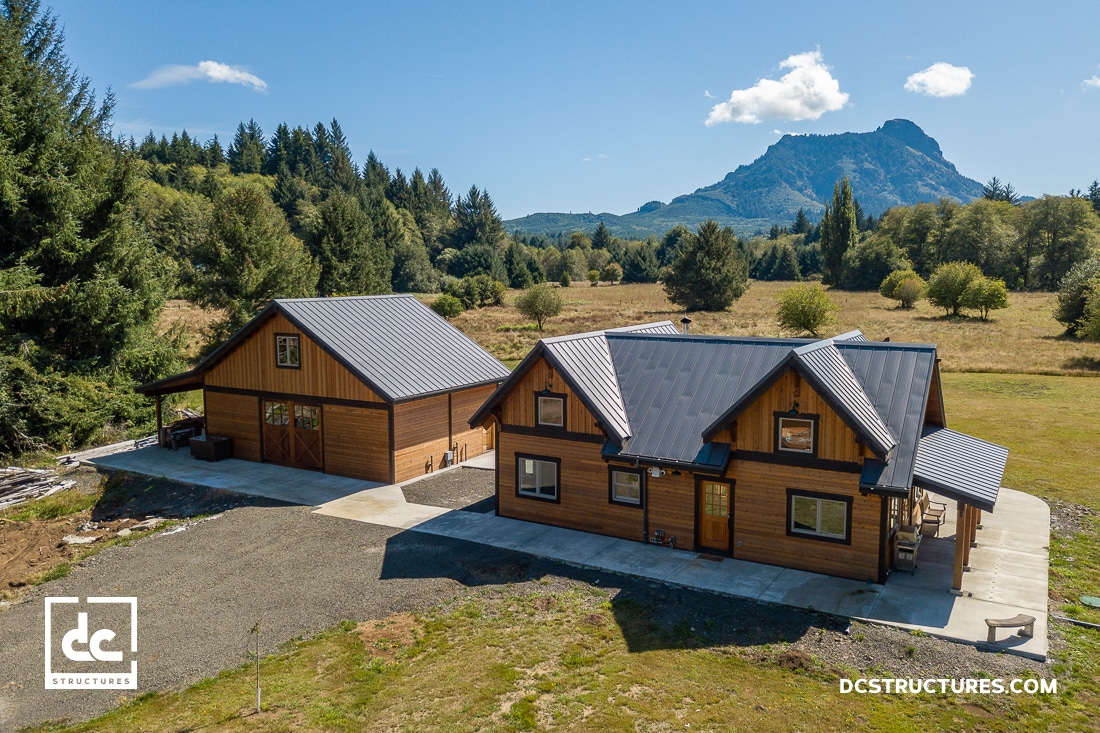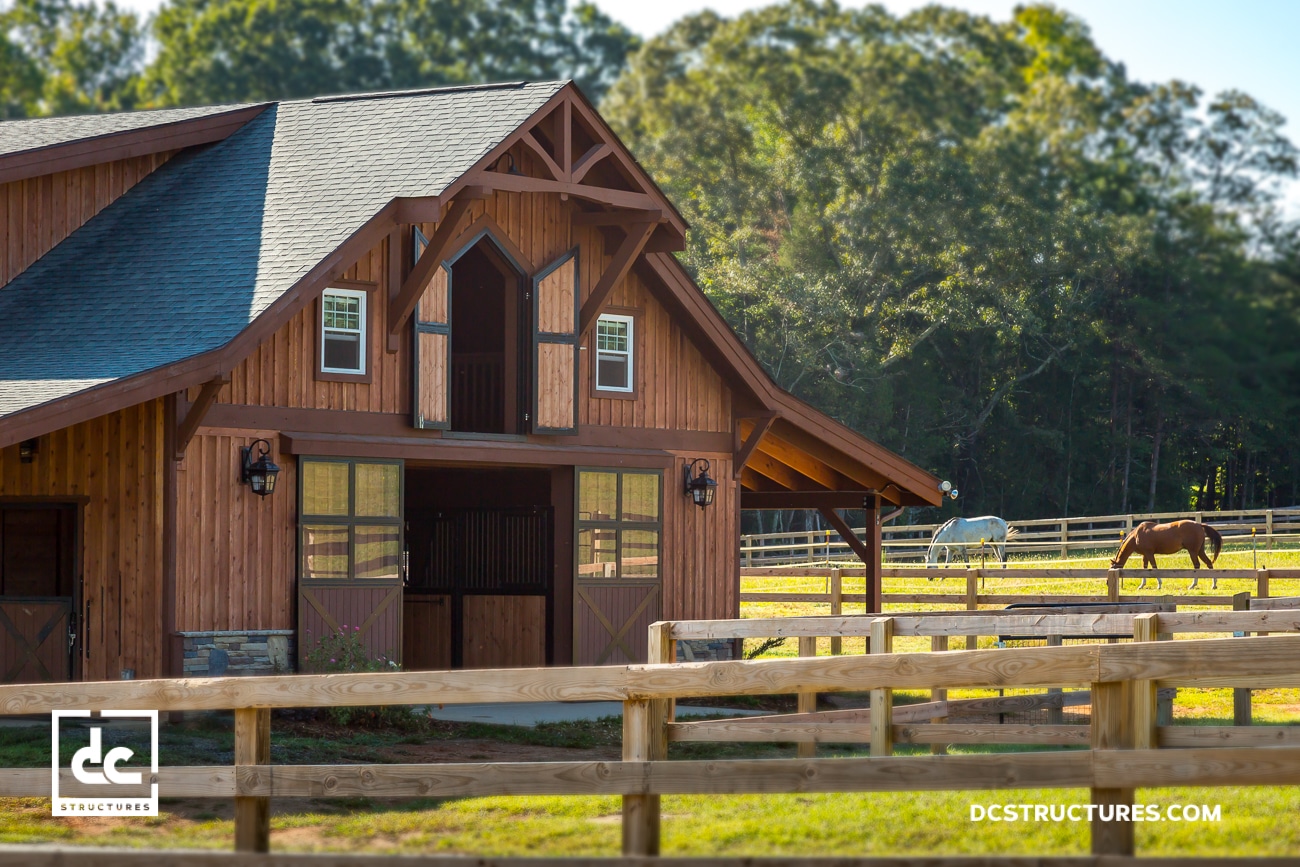In regions of the country where annual snowfall is high, buildings must be adequately engineered to withstand heavy snow loads.
Snow loads refer to the weight of snow that a building’s rooftop is designed to hold up against. It takes extensive calculations to determine the proper engineering for each building’s specific needs.
Structural engineers rely on international building codes to determine appropriate snow load designs. In winter-heavy areas, these requirements are usually elaborated upon by state and local governments.
If snow is a concern, it’s important to work with engineers who are familiar with regional-specific building codes. Insufficient design has the potential to be costly in every sense of the word.
The Many Faces of Snow
Just like the individuality of each snowflake that comes together to form a winter scene, every snow event has its own unique nature. This makes it especially tricky to intuit how differing snow conditions will affect each individual building.
The term ‘snow event’ can refer to one large winter storm or a series of storms that bring multiple bouts of precipitation.
These winter storm systems present a number of dangerous challenges. On the one hand, making an effort to remove snow from a rooftop is more of a risk than it’s worth. On the other, heavy snowfall over extended periods of time increases the chance of structural deficiency or perhaps even collapse.

Planning for Snow Loads
Design for proper snow loads must be weighed against several important considerations. For example, places where snow is generally light and dry are going to be a lot less troubling than regions with wet and heavy snow.
In other words, 1 foot of snow in Wisconsin is not equal to 1 foot of snow in Oregon. This inconsistency in snow density is the result of regional variations such as humidity and elevation. Freezing rain and snow that melts and then freezes can also complicate matters.
Additional factors that affect structural snow loads include the amount of wind the building is exposed to, as well as the thermal conditions of the structure.
Roofing materials and slope, identification of potential ice dam formations, snow drifting and sliding, uneven distribution of the weight of snow on a rooftop—all of these variables must be thoughtfully addressed throughout the structural engineering process.
DC Structures has accommodated increased snow load requirements for clients in harsh-winter regions across the country. Our kits are always engineered to the highest safety standards.
Take a look at our catalog and start planning your dream building today.






